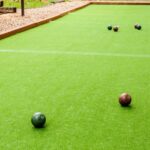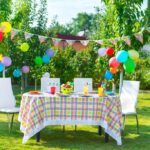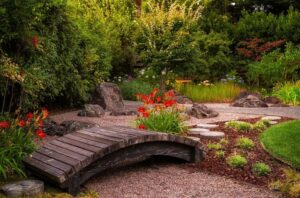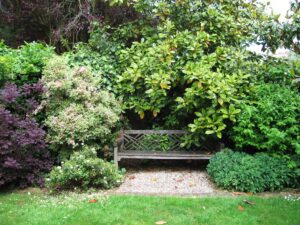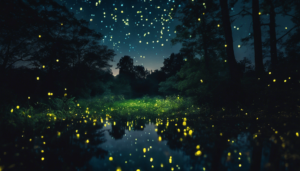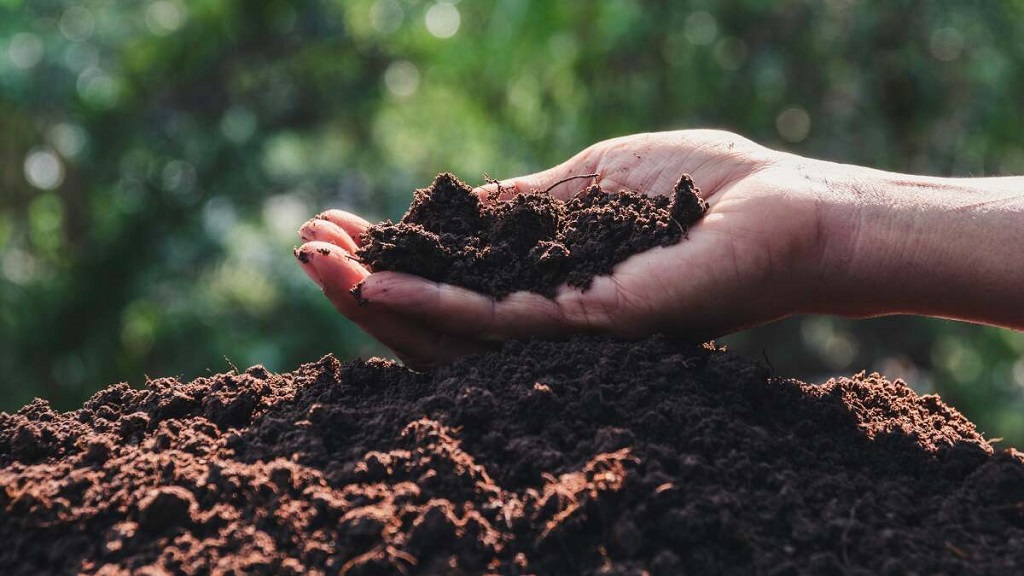
For any aspiring gardener, understanding the foundation of plant life – soil – is crucial. But with terms like “garden soil” and “potting soil” thrown around, confusion can arise. While both appear similar and nurture plant growth, they have distinct characteristics designed for different purposes. This guide dives into the key differences between garden soil and potting mix, empowering you to make informed choices for your home garden, whether it’s flourishing flowerbeds or thriving potted plants.
Garden Soil: The Foundation of Outdoor Gardens
Garden soil, often sold in bags or by the truckload, forms the base for in-ground planting beds. It’s a complex mixture composed of several key elements:
- Mineral Components: Sand, silt, and clay form the backbone of garden soil, providing structure, drainage, and aeration. The ideal ratio of these components varies depending on the desired soil type (sandy loam, clay loam, etc.) and the specific plants you intend to grow.
- Organic Matter: Compost, decomposed leaves, and other organic materials provide essential nutrients for plants, improve water retention, and promote healthy soil life.
- Microorganisms: A thriving population of bacteria, fungi, and other microscopic organisms plays a vital role in breaking down organic matter, releasing nutrients, and promoting overall soil health.
Potting Soil: A Self-Contained Ecosystem for Containers
Potting soil, also known as potting mix, is specifically formulated for container gardening. Unlike garden soil, it’s not intended for direct use in outdoor planting beds. Here’s what sets potting soil apart:
- Lightweight and Aerated: Container plants require good drainage to prevent root rot. Potting mix is formulated with lightweight ingredients like peat moss, perlite, or coconut coir that promote air circulation and prevent waterlogging.
- Nutrient-Rich: Potting soil is often pre-mixed with fertilizers and slow-release nutrients to provide sustained nourishment for plants in a confined environment.
- Sterile or Pasteurized: Unlike garden soil, potting mix is typically sterilized or pasteurized to minimize the risk of introducing pests, diseases, or weed seeds into your containers.
Understanding the Key Differences
Here’s a table summarizing the key differences between garden soil and potting soil:
| Feature | Garden Soil | Potting Soil |
|---|---|---|
| Purpose | Amending and enriching outdoor planting beds | Growing plants in containers |
| Composition | Mineral components (sand, silt, clay), organic matter, microorganisms | Lightweight materials (peat moss, perlite, coconut coir), fertilizer, sterile/pasteurized |
| Drainage | Variable depending on soil type | Excellent drainage |
| Nutrient Content | Lower, needs amendments for specific plants | Pre-mixed with fertilizers and slow-release nutrients |
| Weight | Heavy | Lightweight |
| Cost | More affordable | Generally more expensive |
Choosing the Right Option for Your Needs
Now that you understand the key differences, here’s how to choose the right soil for your gardening endeavors:
- Outdoor Planting Beds: For in-ground gardens, use garden soil. It provides the necessary structure, drainage, and a foundation for healthy plant growth in the long term. You can amend garden soil with compost, manure, or other organic matter to improve its nutrient content and drainage depending on your soil type and plant needs.
- Container Gardening: For potted plants, choose a high-quality potting mix specifically formulated for the type of plants you’re growing. Seedlings and delicate plants might require a finer mix, while cacti and succulents benefit from a well-draining mix with less organic matter.
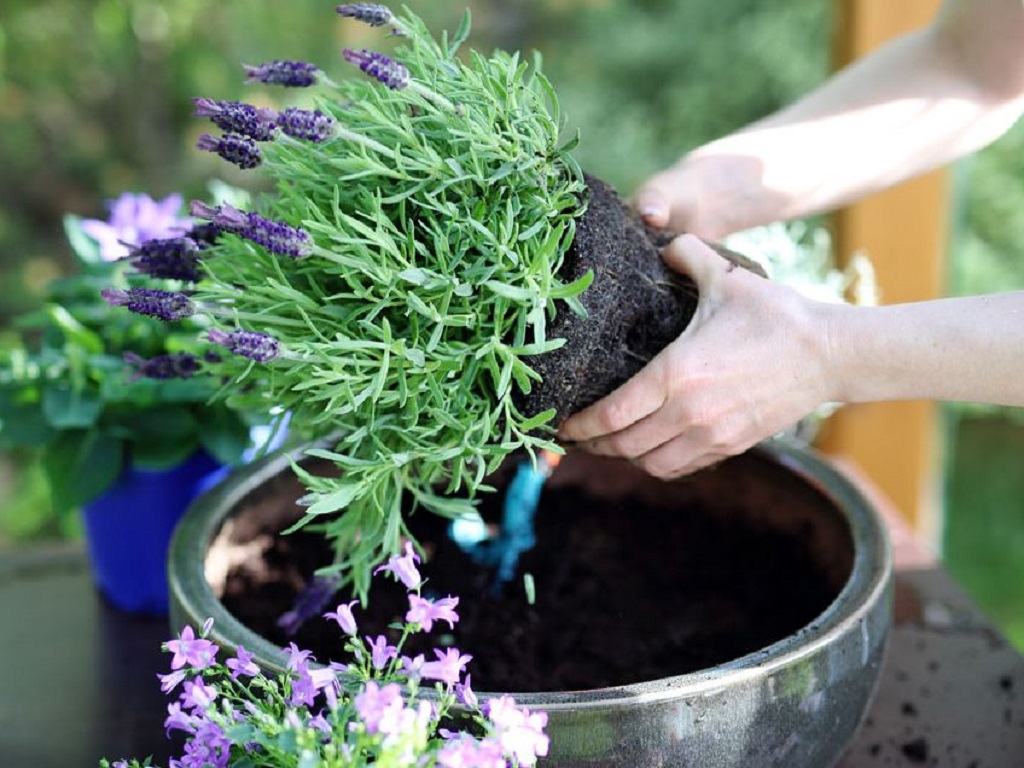
Additional Considerations
- Reusing Potting Mix: While some potting mixes can be reused for a second season, it’s generally recommended to replace potting soil entirely every year or two. Over time, the nutrients become depleted, and the potting mix can break down, compromising drainage.
- Garden Soil Amendments: While garden soil provides a good foundation, it might benefit from amendments depending on your specific needs. Conducting a soil test can help you determine the optimal nutrient content and any necessary amendments like lime or organic matter.
- Specialty Potting Mixes: Many specialty potting mixes are available for specific plant types, such as orchids, cacti, or African violets. These mixes are tailored to provide the ideal drainage, nutrient content, and pH level for those particular plants.
Related: How to Master Herb Garden Care: Expert Tips
Conclusion
Understanding the distinction between garden soil and potting soil empowers you to make informed decisions for your gardening projects. By choosing the right type of soil for your specific needs, you’ll be well on your way to nurturing thriving plants.

